One of our favorite summer blooming perennials for shade is Astilbe. Astilbe have foliage that is glossy and attractive, and bloom from late spring into summer. If you cut them back after blooming, they can bloom again. In pinks, purples and whites, they are a fluffy spire that can brighten any shady spot. They grow 18 inches wide and inches tall, and are hardy to zone 4.
Common name for this shade loving perennial is "Meadowsweet". These plants are tough, but cannot handle drought. Keep soil moist and fertilize yearly for best bloom. The "Younique" collection of Astilbe from 'Burpee' are compact growing varieties with beautiful colors. Viburnum "Juddi" – It is a rounded deciduous shrub that typically matures to 6-8 foot tall and wide.
It is noted for its fragrant white flowers in spring, quality dark green foliage, black fruit in fall and purple fall color. Easily grown in average, medium moisture, well-drained soil in full sun to part shade. Prefers moist loams, but tolerates a wide range of soils.
Mature plants generally have some good drought tolerance. Arrowwood Viburnum "Blue Muffin®" – More compact than other Arrowwood viburnum, it fits easily into the residential landscape. Easy to grow, with little or no maintenance required, Blue Muffin adapts to most locations with full sun to partial shade. Clean white flowers make for a crisp contrast with the glossy green leaves in early to mid-summer. The remarkably intense blue fruit that inspired the Blue Muffin name appear in late summer and fall.
The fruit add interest to the fall landscape, and attract songbirds to the garden. The hooded flowers are shaped like turtle heads just emerging from the shell, hence the common name of 'Turtlehead'. This beauty is also low maintenance, disease and insect resistant, making this U.S. native a first-rate garden plant.
Blooming profusely from mid summer through early fall, they are borne atop sturdy stems and literally cover the foliage of lance-shaped, deep green leaves. Their joyous color range is fairly limited - from yellow to orange-yellow - but they differ in height and habit. Extremely easy to grow, they look stunning next to the cool blue colors of Geranium, purplish Asters or the soft tan ornamental grasses. This hardy Geranium is reliable, easy to grow and provides long-lasting color for any garden. One of the best choices for massed plantings.
If you love bleeding heart in your spring garden, try "Yellow Fumitory". This ferny shade loving flower has little yellow blooms from April through frost! Perfect for a woodland or cottage garden, this shade perennial flowers all summer, is hardy to zone 3, and prefers a cool spot on your garden away from afternoon sun.
It is deer resistant and grows 8-18 inches tall. Ninebark "Summer Wine®" PWEasily grown in average, dry to medium moisture, well-drained soil in full sun to part shade. Plants may be cut close to the ground in winter to rejuvenate. Barrenwort, or Bishop's Hat, is a low-growing plant, with delicate flowers, on narrow 12-to-18 inch stalks, held above heart-shaped leaves. In spring they may produce flowers of lilac, pink, yellow, orange, white, or rose, depending on the plant.
With some varieties, the leaves are deep red with green veins or are edged in purple. I consider it to be a slow-growing ground cover, excellent as a front-of-the-border plant in a shade garden. Barrenwort will tolerate dryer soil than most other shade perennials.
To keep the leaves looking good, cut back the old ones in late winter, or early spring. Campanula has many different varieties, and are blue or white belled flowers in sizes from dwarf to several feet tall. They love partial shade and moderately moist soil, and will bloom June through frost. Our fav purple perennial is Siberian Campanula. It has a wonderful deep blue color with a white eye, and is very floriferous.
This perennial flower for shade is hardy to zone 3. 'Walker's Low' is named for a garden in England, not for its height. It grows as high as 30" and can spread to 3 feet wide. Lavender blue flowers bloom profusely in early summer, as early as April or May in warmer climates, and then sporadically until frost. Sheering after the first heavy blooming will encourage another bloom, but the plant will not reach 30". Sheering will also keep the foliage neat and fresh.
The spicy scent is a nice addition to a vase of cut flowers, or in potpourri. In addition to attracting cats, 'Walker's Low' will attract bees, hummingbirds and butterflies. Deer and rabbits are indifferent to the plant, being scented and gray foliage. 'Walker's Low' is hardy enough for zone 4 and will tolerate sandy soil, salt, humidity and drought.
Seeds are sterile, so this perennial must be propagated by division. The slender stems get 12 to 20 inches tall, depending on the variety, and support numerous flowers. Each flower has spiked petals of red, yellow, rose, purple, blue, or pink, and inner petals that are usually a lighter version of the same color. Hummingbirds, butterflies, and bees love them. Rose mallow is the star of the late summer garden when its dinner plate-sized blossoms appear abundantly.
It is a very large plant, growing the size of a shrub in the landscape, and bears the largest flowers of any hardy perennial. 'Cherry Choco Latte' forms a sizeable, bushy clump of dark olive green foliage with bronze highlights. Huge 8-9" flowers begin to pop open in high summer and continue into fall. Their bright white, ruffled petals are accented with extensive red veining and a red eye in the center of each flower. Blooming for weeks from late summer to late fall, this eye-catching beauty features arching flower panicles that resemble fireworks cascading off the plant. They are a great source of nectar and pollen, attracting various species of insects, including small bees, wasps, flies, small butterflies, skippers, and beetles.
The fine-textured leaves emerge burgundy in spring and change to dark green in summer. Minor is a compact, upright perennial with a long season of interest. In spring, this native to the North American prairies bears spikes of pea-shaped indigo blue flowers, resembling Lupines. They last for about three weeks and attract butterflies, bees, and hummingbirds. They are also valued in dried flower arrangements.
Minor differs from the species, Baptisia Australis, by being more compact but with larger flowers. This Blue Star features loose terminal clusters, up to 5 in. Long , of delicate, pale blue, star-shaped flowers born on upright stems in late spring - early summer. They rise above a graceful foliage of soft-textured, needle-like, bright green leaves that pleasantly colors up to bright golden-yellow in fall. It makes an excellent backdrop for fall-blooming perennials such as sedums and garden mums. Blooming for 3 weeks in late spring to early summer, the flower spikes to 4 in.
Long are rich in nectar and attract bees, butterflies, moths and other beneficial insects. The pinnately compound foliage is covered with short, dense hairs, giving the plant a silver-gray appearance. Lead Plant frequently dies down to ground level in the winter, resprouting from the base in the following spring. Its roots are very deep and can grow more than 15 ft into the ground, making it very well adapted to surviving fires and drought. Tough and undemanding, Lead Plant withstands heat, drought and wind. It is a good plant for borders, meadows, and wildflower gardens.
It can also be used as a windbreak and to prevent soil erosion. The Yarrow species produces beautiful flat-topped, white flowers and cultivars provide flower colors in pinks, reds, creams, yellows and bicolor pastels. Yarrow is particularly attractive to butterflies.
Make sure to give this plant some room to spread because it reaches two to three feet tall and wide. Be prepared to pull it out when it exceeds its bounds. In the right conditions, yarrow can be an aggressive spreader. Cutting back the plant during the growing season after its first flowering might encourage additional blooming and keep its shape in check. Few plants are named more accurately, as the flowers of red hot poker match the name precisely.
Spent flower heads should be removed immediately, but no division of clumps is necessary. Weigela"Midnight Wine®" PWIdeal for the front of the border or for edging the perennial bed. This tidy mound of dark burgundy-purple leaves can be used as an accent plant or a dramatic mass planting. It may produce a light crop of pink flowers in spring. Midnight Wine is maintenance free and needs no pruning because its habit is perfect the way it is. Full sun.Prefers well-drained soils but is extremely adaptable to other soil types.
Medium moisture.This is a slow growing plant and may need a year in the landscape before it grows noticeably. A vertical habit and fine-textured foliage add a unique shape and texture in the garden. When grown in moist, well-drained soil, liatris will grow 2 to 3 feet tall and may need some staking to keep upright. The flower spikes open from the top down in July and August, and can be found in lavender, purple or white varieties.
These bright, nectar-rich flowers attract butterflies and hummingbirds to the garden too. The abundant foliage provides a dark-green backdrop which nicely compliments the cheerful flat umbel flowers. Butterfly Weed has no milky sap, unlike many of the other milkweeds. Daylilies are another one of those Asian plants that was brought over at some point in time. These also happen to fall into that aforementioned "invasive species" group.
They grow like crazy; their thick tuberous roots help them establish and also make them near impossible to get rid of. But I get it, these flowers bloom early and bloom big, making them nice to look at and a comforting note that summer is nearly here. They bush up during the spring, and then, almost all at once, explode with tons of bright yellow flowers–and then they stay that way into the fall. The petals on these are beautiful, like jagged, long yellow flutes.
They attract butterflies, can tolerate heat and drought, and fill up in no time. Cosmos makes an exceptional cut flower, though most gardeners are probably more familiar with the lacy-leaved species that bears pink and white flowers . I find these lacy-leaved cosmos to be nothing more than deer fodder, while my sulfur cosmos is left alone.
Bright orange or yellow blooms stand tall on long flower stems above medium green foliage. I sow the long, needle-like seeds directly into the garden in mid May, and the plant is in flower from early July through frost. These bright-blooming annuals are a god-send to gardeners with deer issues. Their reliable blooms look beautiful in the vase and in the landscape. Depending on the variety, snapdragons grow from 6 to 36 inches tall.
Their unique flowers look like tiny dragon heads that snap open like a jaw when pressed on both sides. Pollinated primarily by bumble bees who can easily pop open the flowers, snapdragons are deer-resistant annuals that come in many colors. From pink, purple, and burgundy, to red, yellow, orange, and white, snapdragons offer so much color to the garden.
Reaches 8 to 12 ft. tall and 4 to 6 ft. wide. Like all plants in the Endless Summer® Collection, Twist-n-Shout produces abundant blooms on both old and new wood all summer long. Lacy deep-pink centers are surrounded by gorgeous blossoms of pink or periwinkle blue, depending on soil type. Sturdy red stems and glossy deep green leaves turn red-burgundy in fall to offer year-round interest in the garden. Easy to care for Twist-n-Shout is an elegant stand-alone specimen, dramatic in combination with other plants, and compact enough for containers. Intense purple black foliage is finely cut, giving it an effect similar to that of Japanese maple.
Creamy pink flowers in spring contrast nicely with the dark leaves. They are followed by blackish red fall berries which can be harvested for making elderberry wine and jam, or left on the plant to attract birds and other wildlife. Perennial salvia is an absolute delight in the late spring garden. You may be familiar with the vivid purple-flowering types like 'Violet Riot', which are easy to spot when they are in full bloom in the landscape.
'Azure Snow' produces plump wands of bicolor deep violet blue and white flowers on strong stems above its dense clump of fragrant foliage. You'll find them all abuzz in spring, as this perennial is a magnet for all sorts of bees, butterflies and hummingbirds. Each scented, saucer-shaped flower features five, flat, notched, petal-like lobes in shades of lilac, rose or blue. Borne at the tip of hairy and sticky stems, they rise enthusiastically above the lance-shaped foliage.
A creeping perennial, Phlox divaricata grows only 9-12 in. Tall and wide (22-30 cm) and can form large colonies over time, creating a beautiful flower carpet. Long , forming upright, silvery pink tails. Resembling plumes of smoke, hovering close to the ground, they are ready to be caught by the wind or a passing animal to be dispersed across the landscape. The flowers rise enthusiastically above a foliage of fern-like, deeply-divided, blue-green leaves, that remains attractive during the entire season.


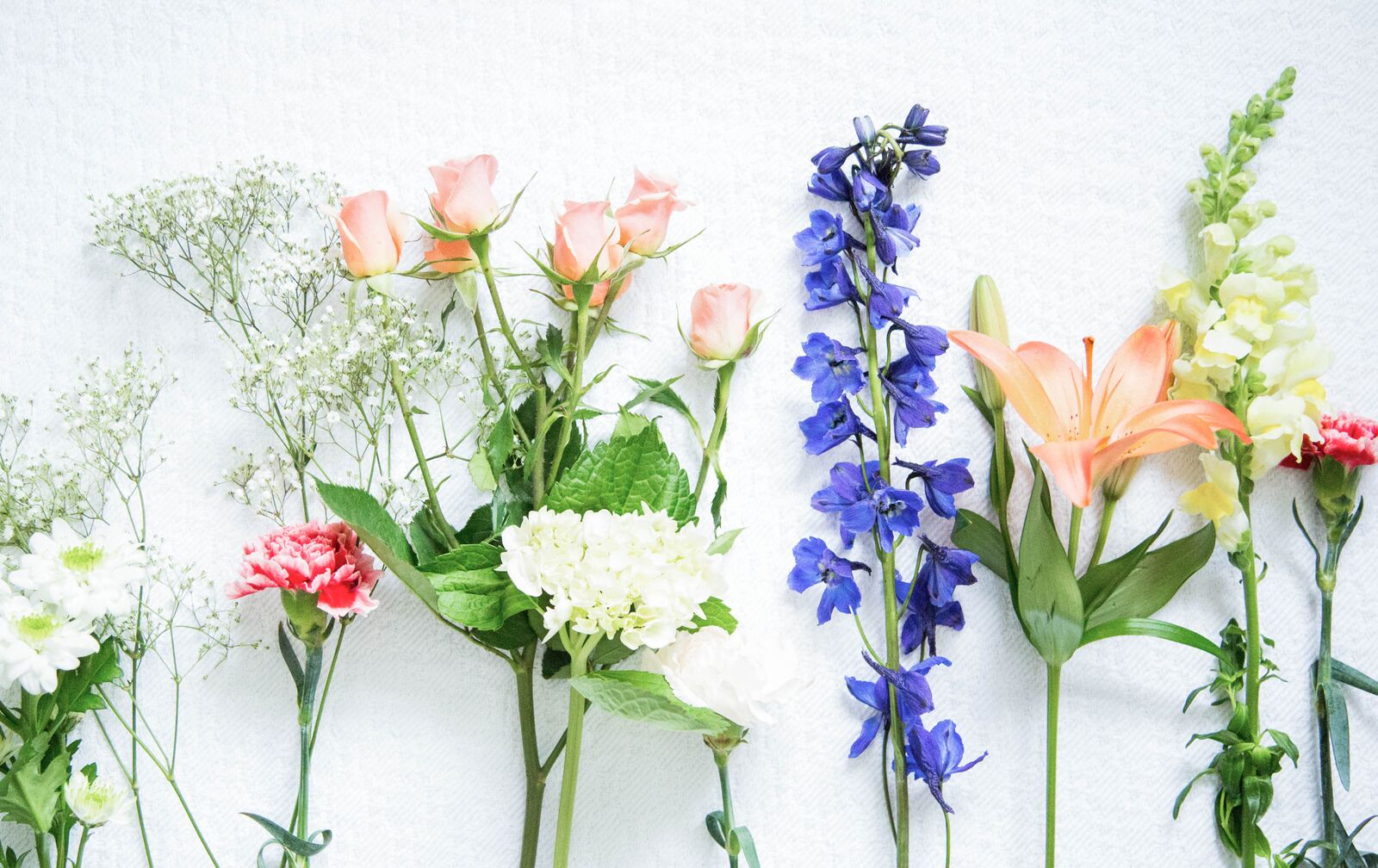







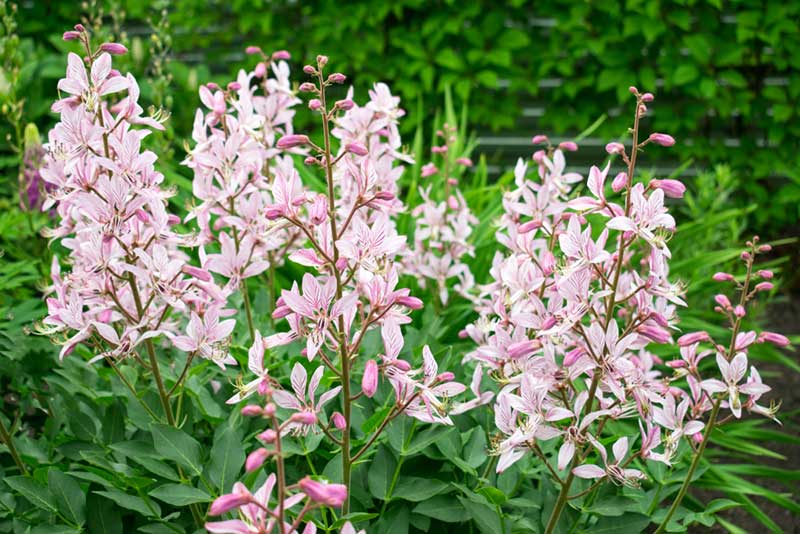



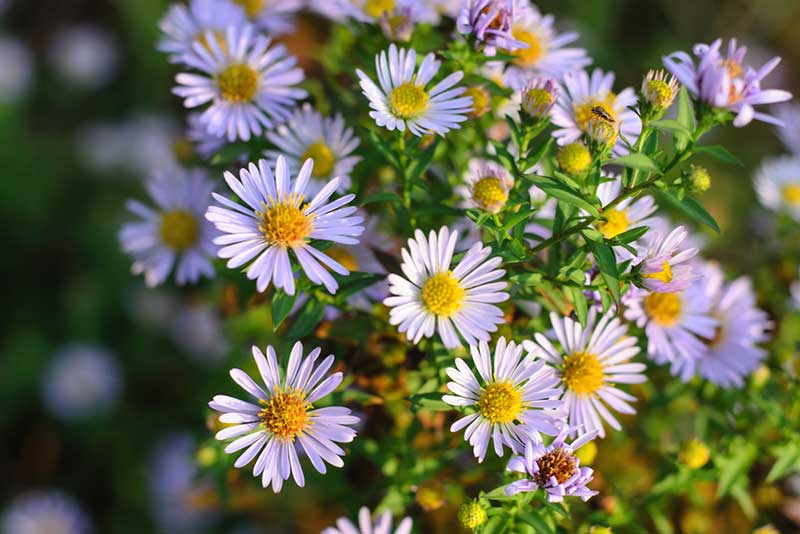
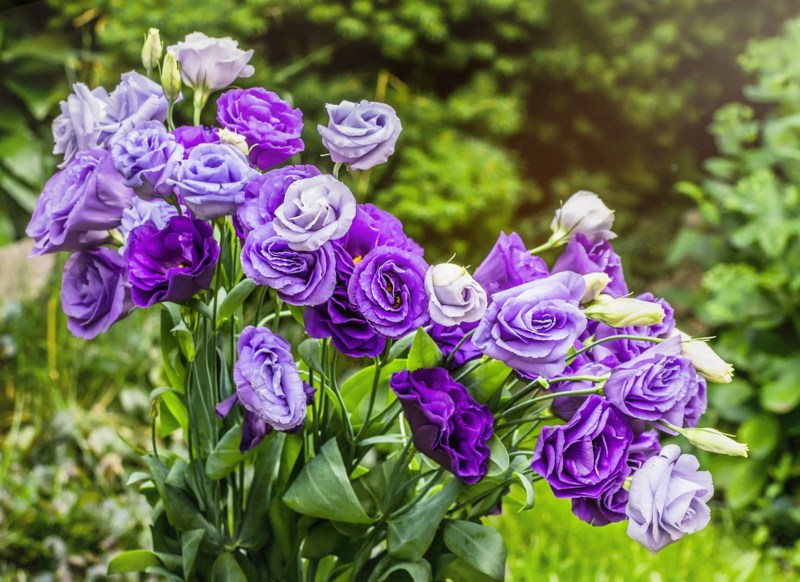

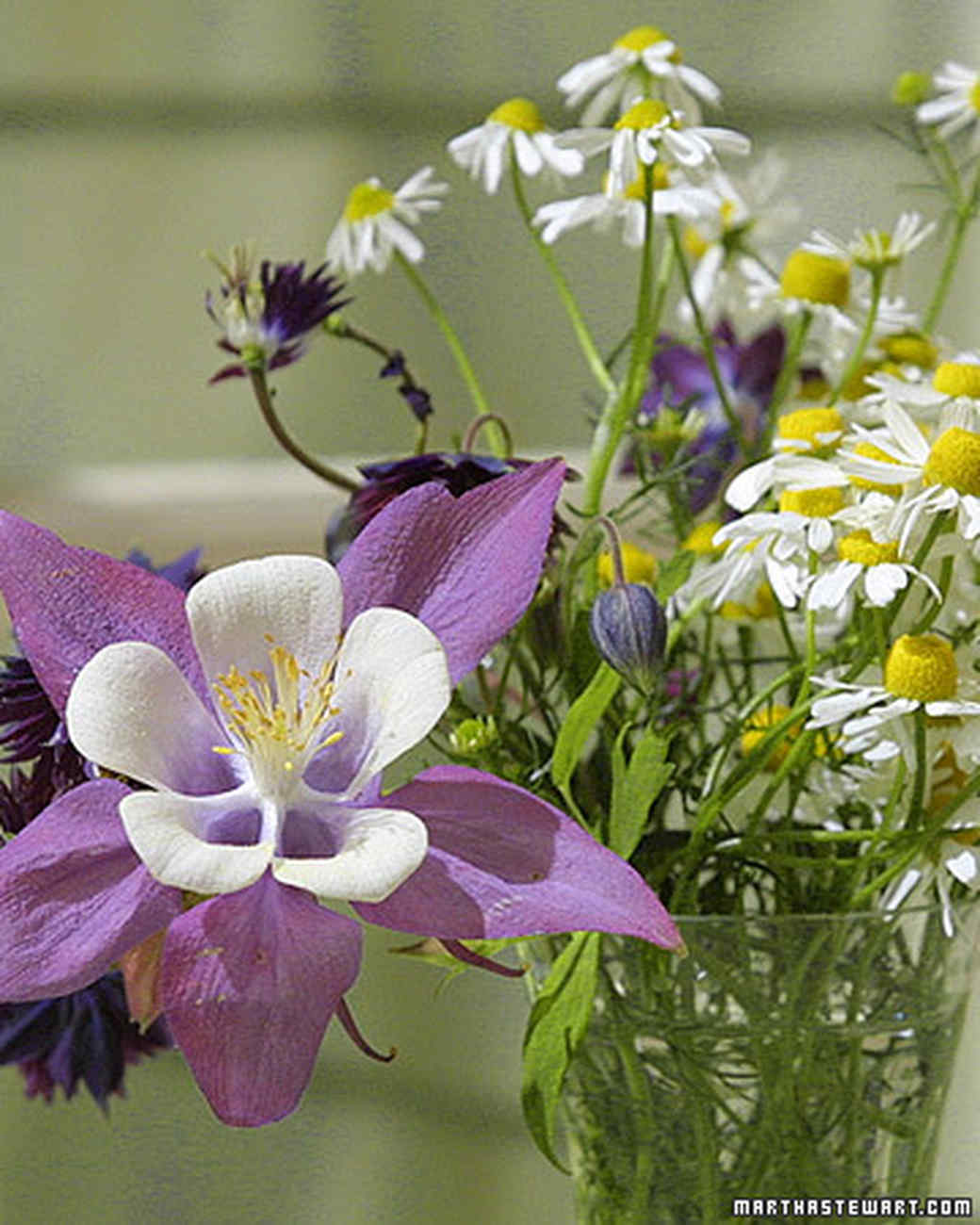






No comments:
Post a Comment
Note: Only a member of this blog may post a comment.